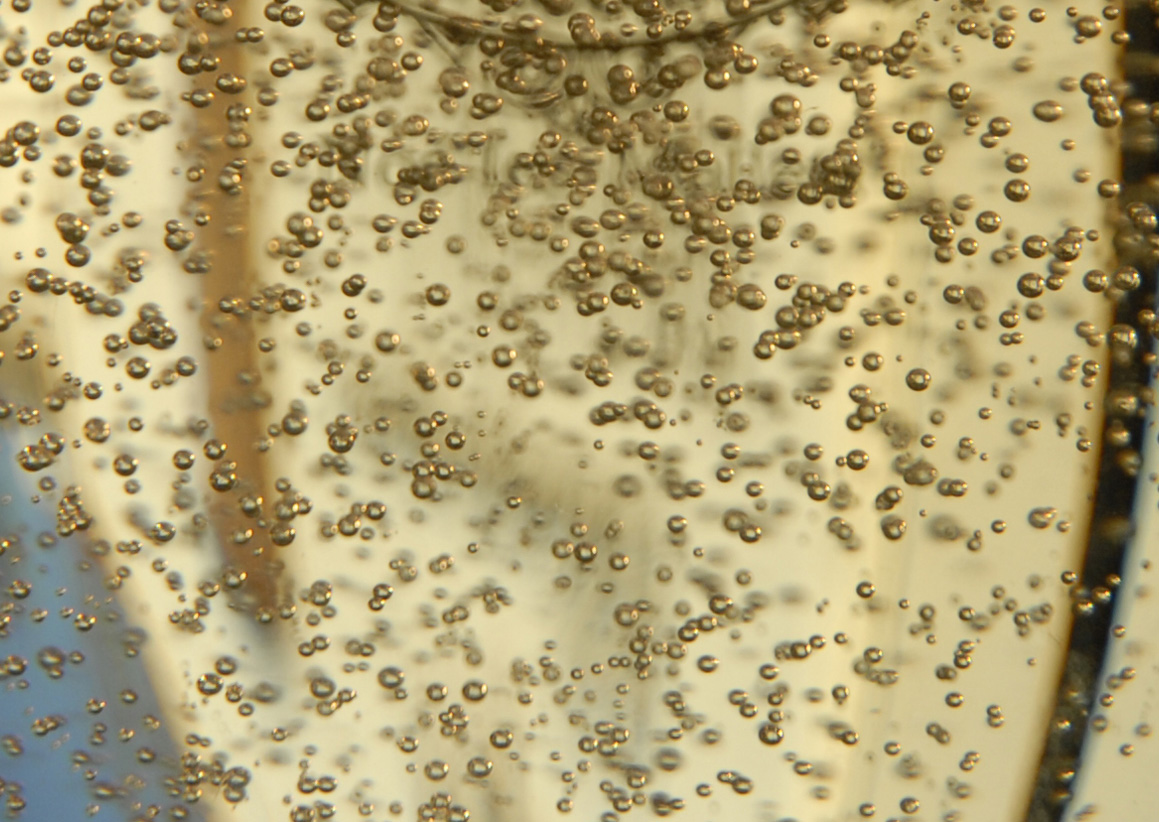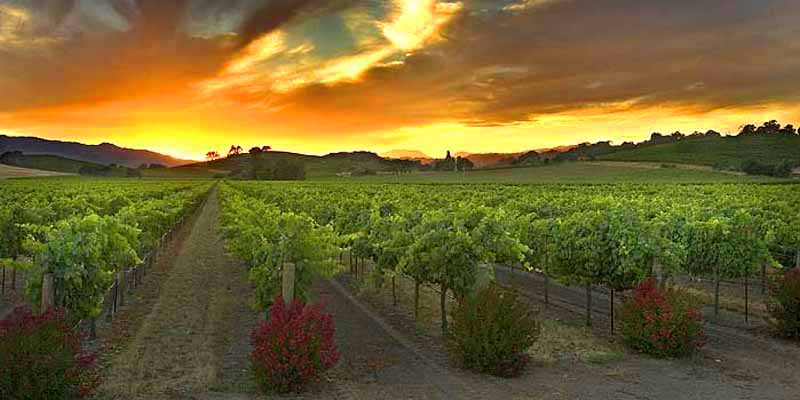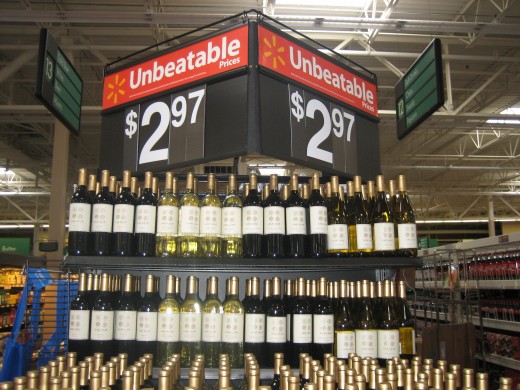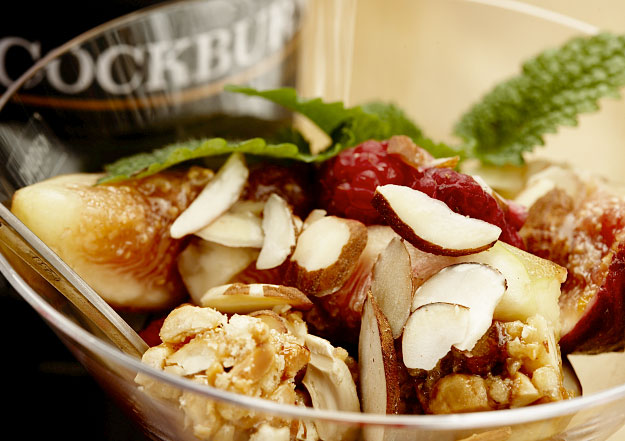Please Do Burn The Wine . . .
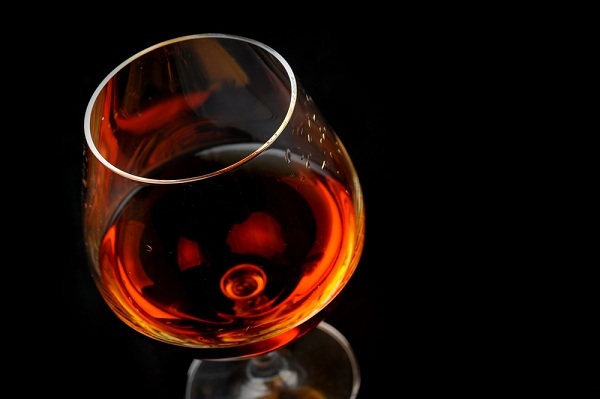
One of my favorite things when the weather gets colder is bundling up and enjoying a warming beverage. I like dark winter beers, or a shot of tawny port. I’ll even break out the occasional mug of hot chocolate on a cold night. One beverage I don’t drink often, but goes well during the holiday months and cold nights, is brandy. So, let’s delve into wine distillates and introduce you to Cognac, Armagnac, and plain old American brandywine.
Brandy comes from the Dutch word brandewijn, which translates as burnt wine. Traditionally it’s the distilled spirit of grape wine, but any fermented fruit beverage can in theory make a brandy. Non-grape wine distillates are most often referred to as eaux-de-vie though, and that’s a topic that’s been covered before. Brandy is typically distilled to anywhere from 35% to 60% alcohol, is usually an aged spirit, and most often is served as a digestif to a meal.
The origins of brandy as it’s known today come from the 12th century, when distillation was introduced into Europe from the Middle East, becoming a popular beverage by the 14th century. Since grape wines are the common base for the spirit, the world’s brandy production typically followed the world’s viticulture regions. The most common producers over time became France, Spain and the Eastern European nations around the Black Sea.
The best known of the world’s brandies is that of cognac. Cognac is a brandy produced from the Cognac region of France, and the regional designation is regulated by international trade agreements. Cognac must be produced primarily from the grapes Ugni Blanc (Trebbiano), Folle Blanche, and Colombard. Several minor grape varieties are allowed in small portions, as well.
The wine produced is usually extremely light, thin, and acidic, but makes an excellent base for distillation. The wine must be distilled twice in a copper still and aged in French oak barrels from Limousine or Tronçais for at least two years. The aged cognacs are then blended for a consistent house flavor. Depending on the length of aging, cognacs are divided into three basic grades:
- V.S. – (Very Special), the base grade requiring a minimum of two years aging
- V.S.O.P. – (Very Special/Superior Old Pale), at least four years aging from the youngest spirit in the blend, but often older
- X.O. – (Extra Old), at least 6 years of aging required, but most blends are often an average close to 20 years. The minimum age is set to change to 10 years in 2016
Several other designation terms are applied to cognac, but are far less common.
Armagnac is a brandy produced from the Gascony region of southwest France. The distillation is typically a single pass through a special armagnac still which is cross between a pot still and column still that behaves as a rectifying column. The four principle armagnac grapes are Baco 22A, Ugni Blanc, Folle Blanche, and Colombard. Armagnac is designated by the same basic three grades as cognac. The hors d’âge category is also used where the minimum age in the blend must be at least 10 years old. Premium armagnac is also frequently bottled with a vintage year in which the entire production comes from a single harvest.
American brandies have far fewer regulations than their French counterparts. There are no designated grape regulations, and production is typically done with whatever local grapes predominate for a given region. Many American brandies are distilled in California then are often aged in old bourbon casks at distilleries in Kentucky. There are no official aging requirements or designation grades, but most producers typically follow the standard cognac model. Aging times may vary, but typically the more premium brandies are designated by V.S.O.P and X.O. grades. American styles in general tend to be lighter in style with a clean palate and less predominate wood flavor characters from aging.
Regardless of your preference for one region over another, brandy is one of the world’s classic distilled spirits. I still recall the old RMS distillery in Napa and the fantastic spirits they used to produce. Standing on the balcony of their aging cellar taking in the aroma was always the perfect way to end a day of tasting in Napa. Sadly, they didn’t survive. Many fine brandy producers still do, though, and it does make a fine winter warming drink. So, enjoy a glass this season–responsibly.
